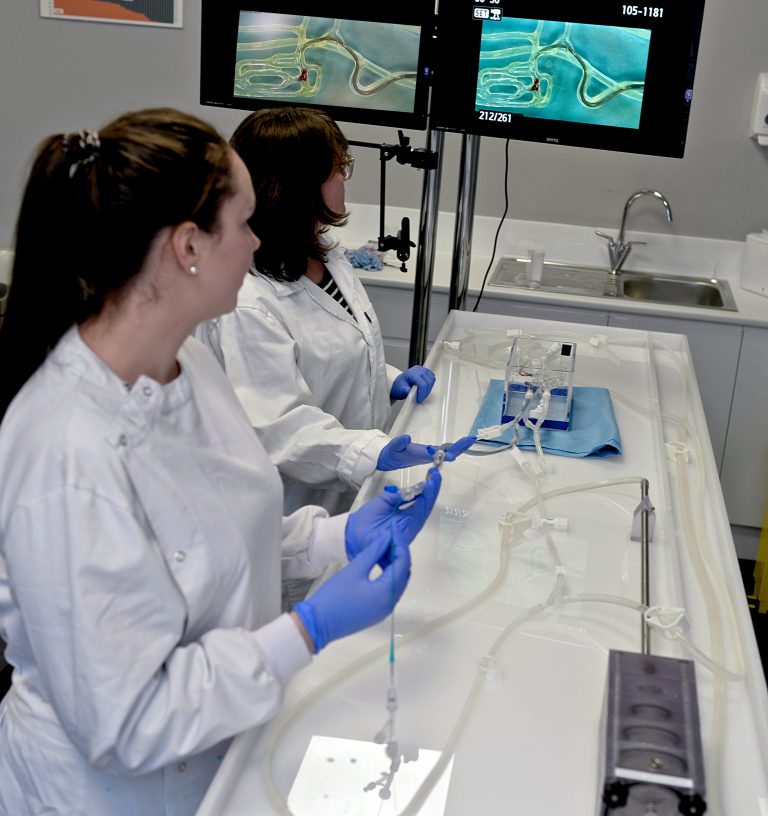Case Study: Understanding ischemic Stroke
GMIT-Medical & Engineering Technologies Centre
Published: 08th November 2016
Each year in Ireland approximately 10,000 people suffer from stroke and approximately 2,000 of those die. Sharon Duffy, a PhD student at Galway-Mayo Institute of Technology is studying the composition of clots from stroke patients to enhance our understanding of ischemic stroke.
Ischaemic stroke occurs when a clot blocks an artery in the brain. This causes a sudden loss of blood flow to that area of the brain (oxygen deprivation) resulting in a corresponding loss of brain function. Depending on the area of the brain affected, stroke can cause symptoms such as facial drooping, impaired speech, dizziness, loss of co-ordination, severe headache, blurred vision and weakness of the arm or leg.
This makes stroke the third most common cause of death in Ireland and the biggest cause of acquired disability. Ischemic stroke is more common among woman than men, with approximately 55,000 more women worldwide suffering a stroke than men each year.
A clot-busting drug is administered to some patients to dissolve the clot and improve blood flow to the particular area of the brain. While the drug can be quite effective if given rapidly after symptom onset (within 4.5 hours) and in certain types of strokes, it does not do as well dissolving large blockages that cause severe strokes, called Large Vessel Occlusions.
Recently 6 randomized clinical trials have demonstrated that patients with large occlusions do better when treated with mechanical thrombectomy than with the clot-busting drug alone. While the progress in stroke treatment has been tremendous, there is still need to improve the rate in which these thrombectomy devices re-open vessels and restore blood flow. The performance of the Mechanical Thrombectomy device is affected by the composition of the clot – some clots may be resistant to removal, while others can fragment and cause new smaller occlusions.
Neuravi Ltd in Galway has developed a Mechanical Thrombectomy device called the EmboTrap® Revascularization Device. The EmboTrap shown in the below figure restores blood flow faster than rival devices and helps to protect against fragmentation of the clot. It is designed to work with range of clot types, reflecting the variety of occlusions that cause ischemic stroke.
As part of Sharon Duffy PhD, co-funded by Neuravi Ltd and the Irish Research Council Employment Based Programme she developed seven different clot replicates using mammalian blood, with varying composition. These clots are intended to represent commonly retrieved clots from stroke patients. The clot replicates are currently being used to simulate acute ischemic stroke in bench top models – this enables Neuravi to test the device performance and to do further device development. The clot replicates are also used to facilitate technique refinement during hands-on device training sessions with neuro-interventional physicians. Finally, the clot replicates are being used in clot imaging studies in stroke to investigate if clot characteristics may be predicted in advance of the procedure based on information from CT or MRI imaging.
Sharon’s research was published in an international scientific journal, and she was awarded first place at the Bioengineering in Ireland Conference 2016 for this research. This research has also led to a number of collaborations with international stroke centres including the Mayo Clinic (Minnesota), Beaumont hospital (Dublin), and the UCLA stroke centre (Los Angeles).











